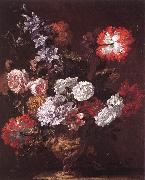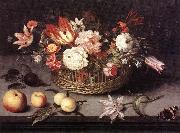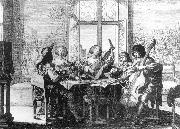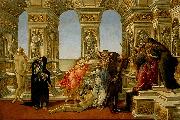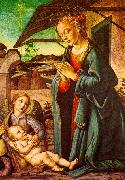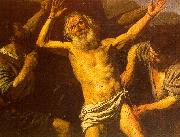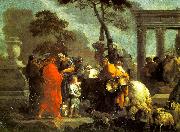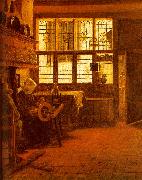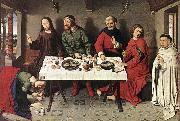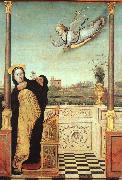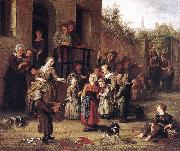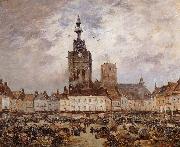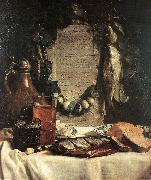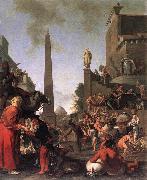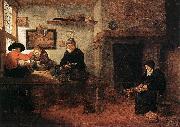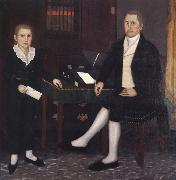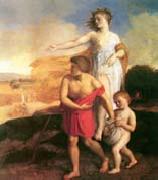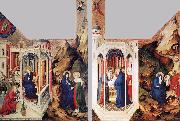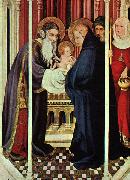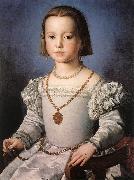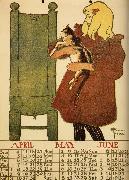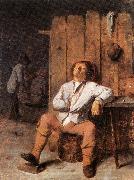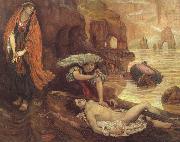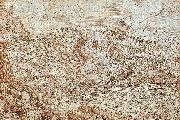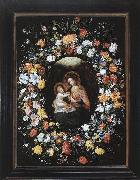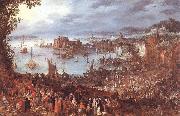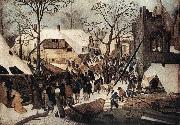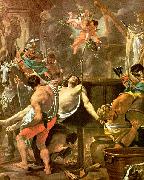|
|
|
|
|
|
|
|
|
|
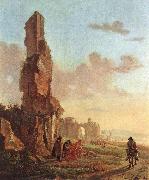 |
BOTH, Jan
|
|
Dutch painter (b. ca. 1618, Utrecht, d. 1652, Utrecht |
|
|
|
|
|
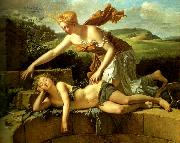 |
bouillon
|
|
Pierre Bouillon (1776 - October 15, 1831) was a French painter and engraver. Born at Thiviers, he studied with the Academie-trained history painter Nicolas-Andre Monsiau. He was awarded the grand prize of the Institut de France in July, 1797. His drawing of Laocoön and His Sons was the basis of Charles Clement Bervic's celebrated print of the statue |
|
|
|
|
|
|
|
|
|
|
|
|
|
|
|
|
|
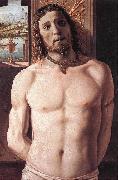 |
BRAMANTE
|
|
Italian High Renaissance Architect and Painter, 1444-1514 |
|
 |
BRAMANTINO
|
|
Italian High Renaissance Painter, ca.1460-1530 |
|
|
|
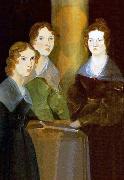 |
Branwell Bronte
|
|
26 June 1817 - 24 September 1848) was a painter and poet, the only son of the Brontë family, and the brother of the writers Charlotte, Emily, and Anne.
Branwell Brontë was the fourth of six children and the only son of Patrick Brontë and his wife, Maria Branwell Brontë. He was born in Thornton, near Bradford, Yorkshire, and moved with his family to Haworth when his father was appointed to the perpetual curacy in 1821.
Of the four Brontë siblings who survived into adulthood, Branwell Brontë seems to have been regarded within the family as the most talented, at least during his childhood and youth. While four of his five sisters were sent to Cowan Bridge boarding school (resulting in the death of his two oldest sisters, Maria and Elizabeth, from tuberculosis), Branwell was kept at home to be privately educated by his father, who gave him a classical education suitable for admission to Oxford or Cambridge. Elizabeth Gaskell, biographer of his sister, Charlotte Bronte, says this of Branwell's schooling:
|
|
|
|
|
|
 |
BRAY, Dirck
|
|
Dutch painter, Haarlem school (active 1651-1678) |
|
|
|
|
|
|
|
|
|
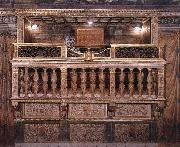 |
BREGNO, Andrea
|
|
Italian Early Renaissance Sculptor and Architect, 1418-1503 |
|
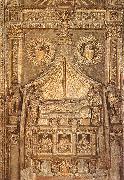 |
BREGNO, Antonio
|
|
Italian Early Renaissance Sculptor and Architect, active ca.1425-1457 |
|
|
|
|
|
|
|
|
|
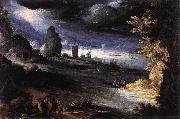 |
BRIL, Paul
|
|
Flemish Baroque Era Painter, ca.1554-1626 |
|
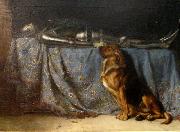 |
Briton Riviere
|
|
(14 August 1840 C 1920) was an Irish artist born in London, England.
His father, William Riviere, was for some years drawing-master at Cheltenham College, and afterwards an art teacher at Oxford University. He was educated at Cheltenham College and at Oxford, where he took his degree in 1867. For his art training he was indebted almost entirely to his father, and early in life made for himself a place of importance among the artists of his time.
His first pictures appeared at the British Institution, and in 1857 he exhibited three works at the Royal Academy, but it was not until 1863 that he became a regular contributor to the Academy exhibitions. In that year he was represented by "The Eve of the Spanish Armada", and in 1864 by a "Romeo and Juliet". Subjects of this kind did not, however, attract him long, for in 1865 he began, with a picture of a "Sleeping Deer-hound", a series of paintings of animal-subjects which later occupied him almost exclusively.
|
|
|
|
 |
broderna von wrights
|
|
Dessa ornitologer, forskare, naturvetenskapliga illustratörer och konstnärer var födda i Haminanlaks nära Kuopio i Finland.
I Stockholm i augusti 1828 påbörjade Magnus och Wilhelm von Wright bildverket Svenska Foglar, finansierat av greve Nils Bonde. Detta ornitologiska verk blev klart 1838 och ar en en samling pa178 litografier.
|
|
|
|
|
|
|
|
|
|
|
|
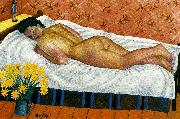 |
bror hjorth
|
|
Bror Hjorth, född 22 april 1894 i Marma, död 21 maj 1968 i Uppsala, var en svensk konstnär.
Bror Hjorth var son till skogsvaktaren Emil Johanzon och Charlotta Johansdotter. Han är en av Sveriges mest kända skulptörer och målare. Han var lärare i teckning vid Konsthögskolan 1949 -- 1959, där han hade bland annat Kerstin Kjellberg-Jacobsson som elev. Han bosatte sig efter studietiden i Uppsala. Han uppförde där sitt ateljehus i Kåbo, Bror Hjorths Hus, som numera är museum. Bror Hjorth erhöll Sergelpriset 1955.
Under några år i början av 1930-talet drev Bror Hjorth tillsammans med Nils Möllerberg en skulpturskola i Stockholm.
Bror Hjorth ligger begravd på kyrkogården i Björklinge. |
|
|
|
|
|
|
|
|
|
|
|
|
|
|
|
|







